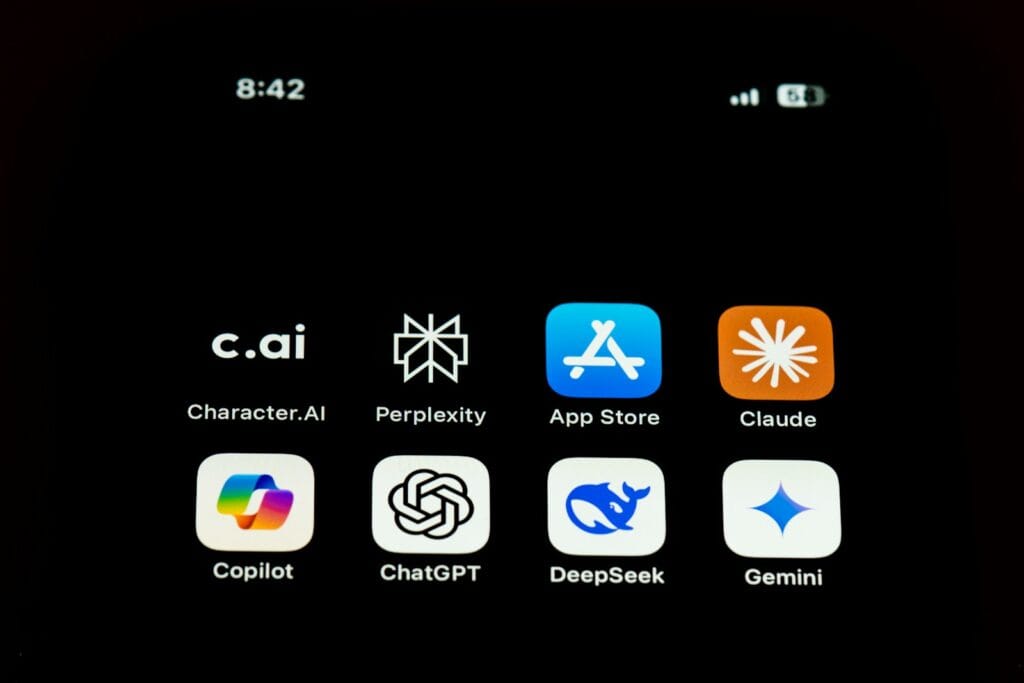Breaking News


Popular News







Enter your email address below and subscribe to our newsletter
Deepseek AI International

In the world of AI-driven innovation, speed is everything. Whether you’re a developer building the next-gen SaaS tool or a business automating operations, integration time can make or break your project timeline. The DeepSeek API Platform is designed with that in mind — fast, scalable, and developer-friendly.
In this guide, we’ll walk you through exactly how to integrate the DeepSeek API in under 10 minutes — from setup to your first successful request.
Before you start coding, you’ll need access to your API credentials.
You can call the API via direct HTTP requests or use our lightweight SDKs for faster setup.
For Node.js:
npm install deepseek-sdk
For Python:
pip install deepseek
Then import it in your project:
Node.js Example
import DeepSeek from "deepseek-sdk";
const client = new DeepSeek("YOUR_API_KEY");
Python Example
from deepseek import DeepSeek
client = DeepSeek("YOUR_API_KEY")
Let’s send a quick request to verify your integration.
Node.js
const response = await client.chat.create({
model: "deepseek-chat",
messages: [{ role: "user", content: "Hello, DeepSeek!" }]
});
console.log(response.data.output);
Python
response = client.chat.create(
model="deepseek-chat",
messages=[{"role": "user", "content": "Hello, DeepSeek!"}]
)
print(response.output)
If everything is set up correctly, you’ll get a JSON response similar to this:
{
"id": "chatcmpl-xyz123",
"object": "chat.completion",
"created": 1692023456,
"model": "deepseek-chat",
"output": "Hello! How can I assist you today?"
}
Want to experiment before writing code? Try the DeepSeek API Playground — an interactive space to test endpoints, fine-tune parameters, and export working code snippets directly to your project.
Here are a few quick integration examples:
Use the /chat endpoint to power real-time conversations.
Use /generate for blogs, marketing copy, or SEO automation.
Combine the DeepSeek API with your internal data for intelligent summaries or insights.
As your usage grows:
| Error Message | Likely Cause | Solution |
|---|---|---|
401 Unauthorized | Invalid or missing API key | Check your environment variables and ensure key validity |
429 Too Many Requests | Rate limit exceeded | Implement request queuing or upgrade your plan |
500 Server Error | Internal issue | Retry after a few seconds; check status page |
In less than 10 minutes, you can be up and running with the DeepSeek API Platform — building intelligent applications that think, analyze, and generate like never before.
To go further, explore:
Ready to start building?
👉 Get Your API Key and Start Free